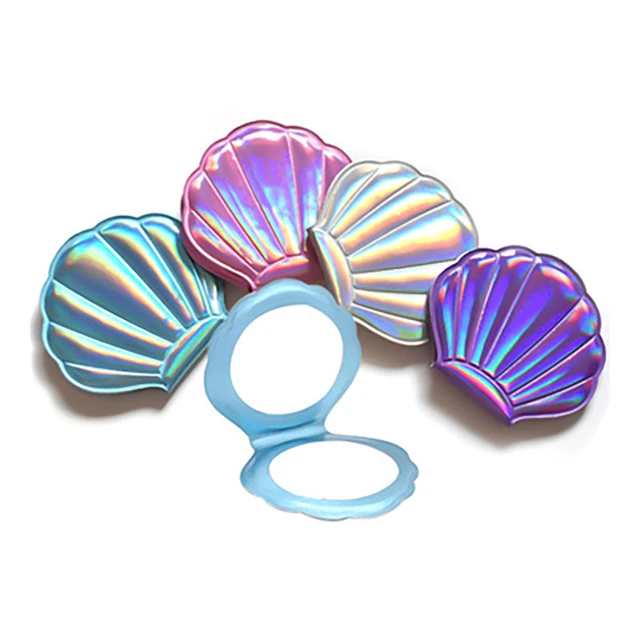Introduction:
When faced with a damaged or outdated mirror, one common question that arises is whether it is more cost-effective to repair the mirror or replace it entirely. The answer to this question depends on several factors, including the extent of the damage, the age and condition of the mirror, and the cost of replacement compared to the cost of repair. In this article, we will explore the cost-effectiveness of repairing mirrors versus replacing them, considering the various factors that come into play. By understanding the pros and cons of both options, you can make an informed decision that best suits your needs and budget.

Which is more cost effective, repairing mirrors or replacing them?
Assessing the Extent of Damage:
The first step in determining the cost-effectiveness of repairing a mirror versus replacing it is to assess the extent of the damage. Consider the following factors:
a. Minor Damage: If the mirror has minor issues such as small cracks, scratches, or minor frame damage, repair may be a more cost-effective option. These repairs can be relatively simple and affordable, and they can restore the mirror’s functionality and appearance.
b. Extensive Damage: In cases where the mirror has severe cracks, significant frame damage, or other structural issues, replacement may be the more cost-effective choice. Extensive repairs can be time-consuming and costly, and there is a risk that the repaired mirror may not be as durable or aesthetically pleasing as a new one.
c. Silvering Deterioration: If the mirror’s silvering has deteriorated significantly, it may require resilvering, a specialized and costly process. In such cases, replacement may be a more cost-effective option, especially if the mirror is old or of low value.
Age and Condition of the Mirror:
The age and condition of the mirror are important factors to consider when weighing the cost-effectiveness of repair versus replacement:
a. Antique or Valuable Mirrors: If the mirror is antique or holds significant value, restoration and repair may be the preferred option. Repairing an antique mirror can help preserve its historical and monetary value, even if it is a more costly process.
b. Modern or Inexpensive Mirrors: If the mirror is relatively new, mass-produced, or of low value, replacement may be a more cost-effective choice. New mirrors can often be purchased at affordable prices, making replacement more economical than extensive repairs.
c. Mirror Frame Condition: Consider the condition of the mirror frame. If the frame is in good condition and only the mirror itself requires repair, it may be more cost-effective to replace the mirror while keeping the existing frame.

Cost of Repair:
When assessing the cost-effectiveness of repairing a mirror, it is important to consider the actual cost of the repairs. Factors that influence the cost of repair include:
a. Type of Repair: The type of repair required, such as crack repair, frame restoration, or silvering restoration, will determine the cost. Specialized repairs, such as resilvering, can be more expensive due to the expertise and materials involved.
b. Professional Assistance: If professional assistance is required for the repairs, the cost will increase accordingly. Professional mirror repair services often charge for their expertise and labor, which can add to the overall expense.
c. DIY vs. Professional Repair: Depending on your skills and experience, you may choose to attempt DIY repairs. DIY repairs can be more cost-effective if you have the necessary tools and materials. However, it is important to weigh the risks and potential for further damage if the repairs are not done correctly.

Cost of Replacement:
When considering the cost-effectiveness of replacing a mirror, it is important to compare the cost of replacement with the cost of repair. Factors to consider when assessing the cost of replacement include:
a. Mirror Type: Different types of mirrors have varying costs. Basic glass mirrors are usually more affordable, while specialized mirrors or custom-made mirrors can be more expensive.
b. Size and Style: The size and style of the mirror will impact the cost of replacement. Larger or ornate mirrors tend to be more expensive, while smaller or simpler designs are often more affordable.
c. Installation: Consider the cost of installing a new mirror if you choose replacement. This can include expenses such as removal of the old mirror, mounting hardware, and professional installation if necessary.
d. Quality and Durability: When considering replacement, pay attention to the quality and durability of the new mirror. Investing in a higher-quality mirror may result in a longer lifespan and ultimately be more cost-effective in the long run.

Future Maintenance and Longevity:
Another aspect to consider is the future maintenance and longevity of the repaired versus replaced mirror:
a. Repaired Mirror: A repaired mirror may require ongoing maintenance or occasional touch-ups to maintain its appearance and functionality. Assess the long-term costs associated with maintaining the repaired mirror.
b. Replaced Mirror: A new mirror may require minimal maintenance, especially if it is of good quality. However, it is important to factor in the potential for future damage or wear and tear.
Personal Preferences and Value Considerations:
Apart from cost considerations, personal preferences and value considerations can also influence the decision to repair or replace a mirror:
a. Sentimental or Historical Value: If the mirror holds sentimental value or has historical significance, repair may be the preferred option, regardless of the cost. Preservation of sentimental or historical items can outweigh pure cost-effectiveness.
b. Aesthetics and Design: Consider whether the repaired mirror will match your desired aesthetics and complement the overall design of the space. If the repaired mirror falls short in terms of appearance, replacement may be more appealing.
c. Environmental Considerations: Repairing a mirror aligns with environmental sustainability practices by reducing waste. If you prioritize minimizing your environmental impact, repair may be the more preferable choice.

Conclusion:
Determining whether it is more cost-effective to repair or replace a mirror depends on several factors, including the extent of the damage, the age and condition of the mirror, the cost of repair, and the cost of replacement. Assessing these factors can help you make an informed decision that suits your needs and budget. While repairing a mirror may be more cost-effective for minor damages or valuable antique pieces, replacing a mirror can be more economical for extensively damaged or low-value mirrors. Consider personal preferences, aesthetics, and long-term maintenance when evaluating the cost-effectiveness of repairing or replacing a mirror. Ultimately, the decision should balance cost considerations with your desired outcome and the value you place on the mirror.

Leave a Reply